MySQL on Azure Performance Benchmark – ScaleGrid vs. Azure Database
Scalegrid
AUGUST 26, 2020
Microsoft Azure is one of the most popular cloud providers in the world, and a natural fit for database hosting on applications leveraging Microsoft across their infrastructure. MySQL is the number one open source database that’s commonly hosted through Azure instances. We measure latency in ms 95th percentile latency.


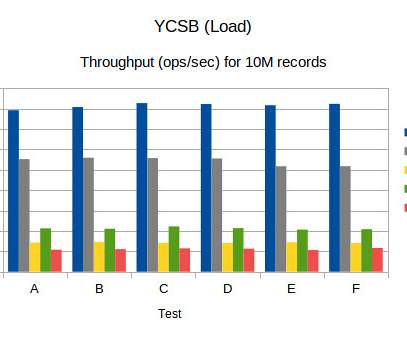








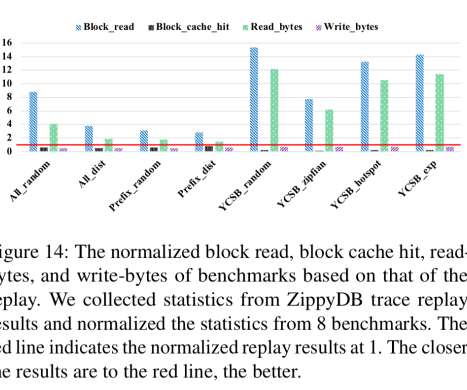




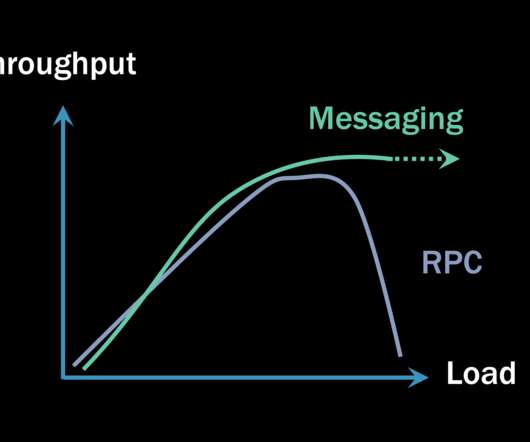

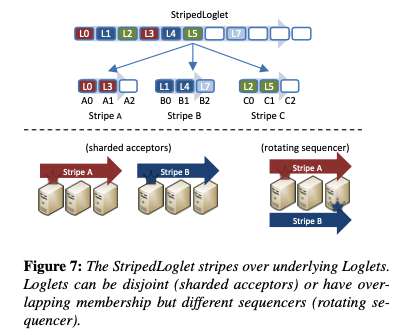
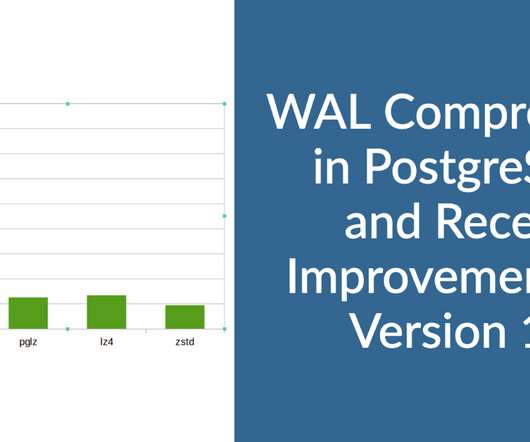























Let's personalize your content